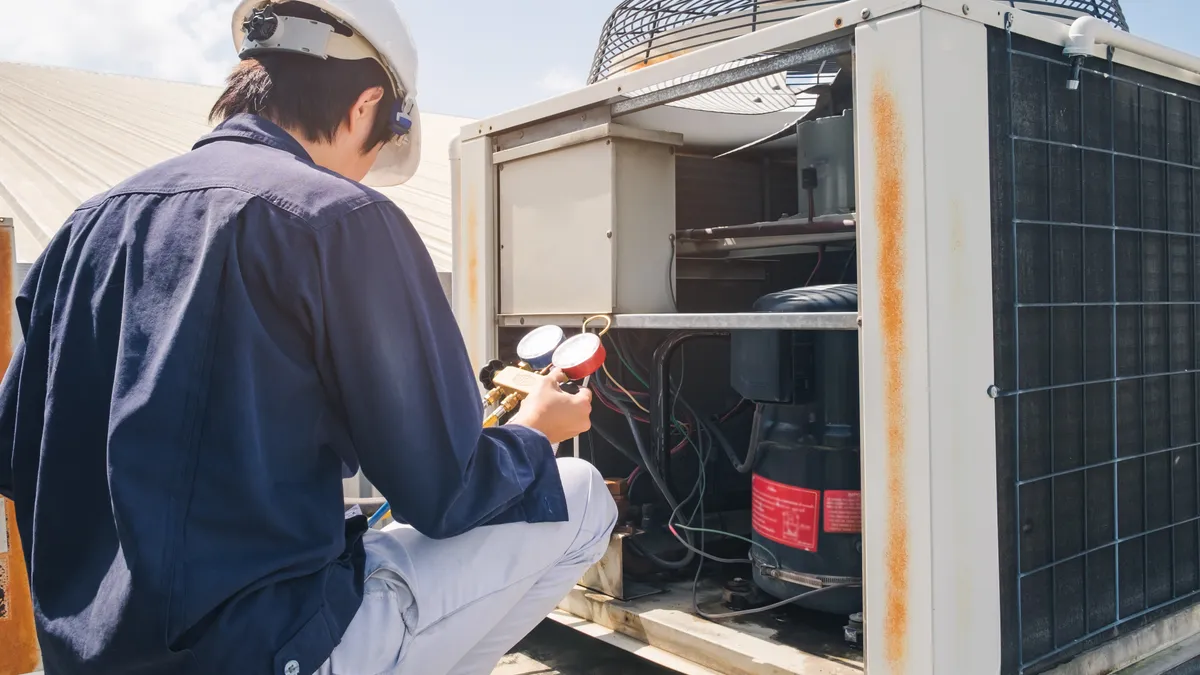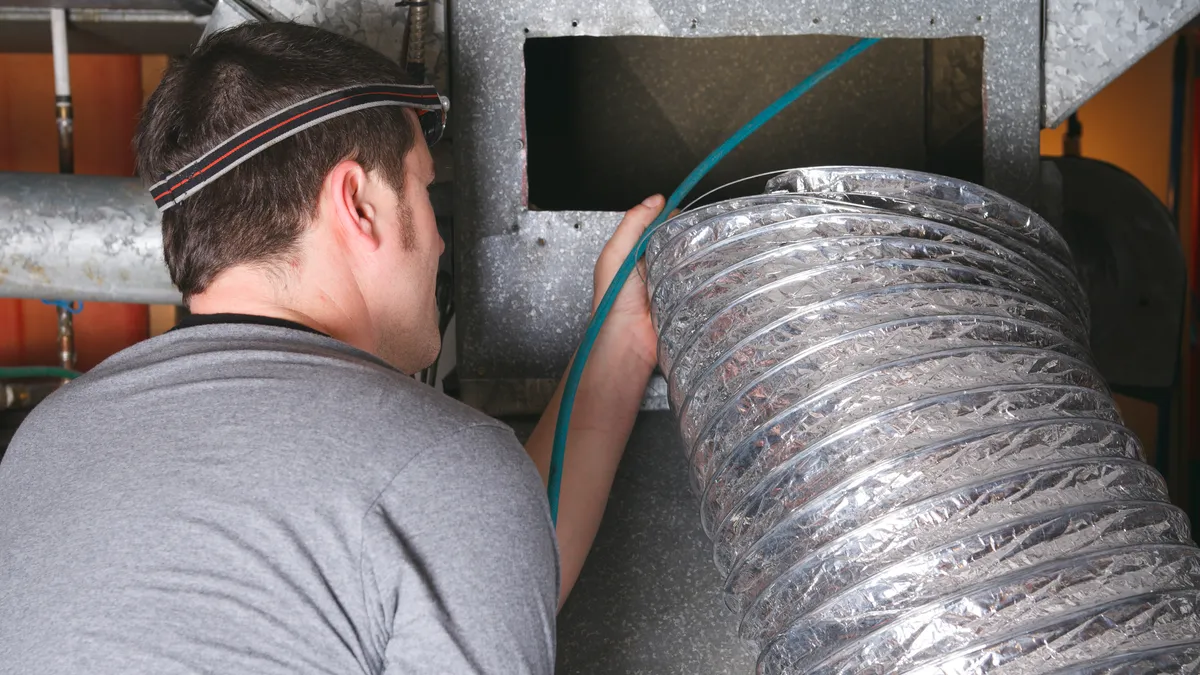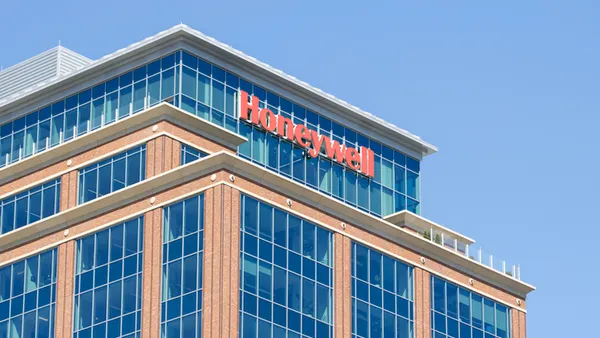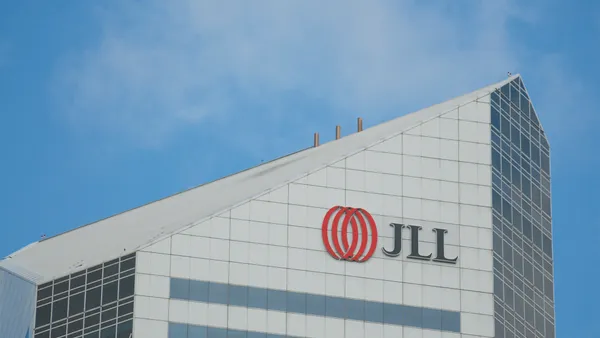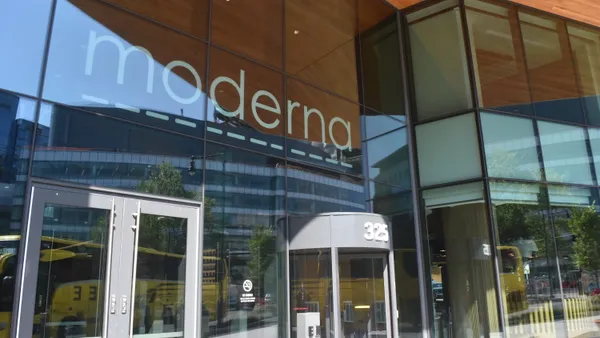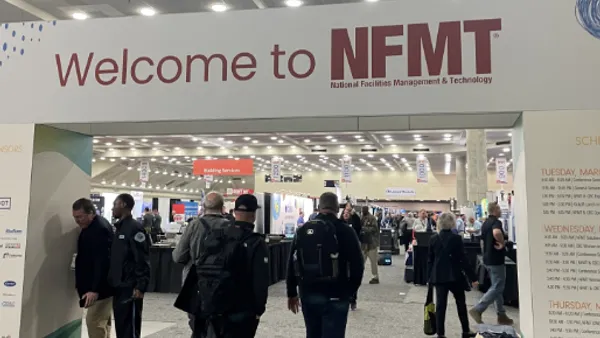Dive Brief:
- More than half of the manufacturing and facilities maintenance professionals responding to a new Limble survey list aging infrastructure, skill shortages, maintenance-related breakdowns and downtime as significant challenges, according to an industry report it released Wednesday.
- To address these challenges, 78% of respondents say they are supporting preventive maintenance initiatives to limit downtime, with 72% implementing proactive maintenance and 69% investing in new equipment to replace aging infrastructure, according to the maintenance management software provider.
- Facilities management teams, in particular, are “overwhelmingly” looking for tools and processes to improve work-order management and communication with customers, Limble said, with 78% of respondents saying they aim to improve work order processes and 46% saying they are upgrading communication tools.
Dive Insight:
Limble’s report, based on a survey of 252 maintenance professionals, notes that a lack of qualified staff hinders efficiency, productivity, product quality and service. To bridge the gap, 52% of facilities management respondents said they are investing in recruitment and retention; 43% are outsourcing maintenance work; and 41% are looking to increase pay and benefits for workers.
Machine downtime is tied with workforce shortages as the most pressing challenge manufacturing and facilities management maintenance professionals say they face, with 51.2% of respondents citing these issues as among the top three challenges they face. Limble noted that 90% of facilities management respondents named preventive maintenance as the best way to combat these challenges. By implementing proactive maintenance, operators can enhance equipment effectiveness, extend the lifespan of machinery and reduce the need for frequent repairs, it says.
In addition to investing in preventive maintenance, 48% of facilities management respondents said they are investing in condition monitoring and IoT sensors to combat downtime. In addition, 37% say they are improving emergency procedures and 30% say they are using productivity tracking and analytics. Of the 50.8% of facilities and manufacturing maintenance leaders that cited aging infrastructure as a top challenge, 50% are leaning on repair or replacement analyses to drive strategic maintenance strategies.
Limble predicts that facility and manufacturing operators will increasingly invest in equipment replacements, facility upgrades, technician training and technology solutions in 2024. As facility managers favor preventive maintenance solutions and tools to improve response and repair time, manufacturers will also make maintenance a central function for broader areas of their workforce, the report states.
Respondents said they are contending with supply chain disruptions and regulatory compliance requirements as well. Around 34.1% of respondents said supply chain issues affect the availability of critical tools, parts and equipment, while 24.2% said they struggle with adhering to stringent regulations. Seventy-one percent of facilities-focused respondents listed diversifying suppliers as a strategy to deal with supply chain problems, while 76% said instilling a “culture of compliance” and accountability is the top strategy they rely on to ensure regulatory compliance.
Although only 7.1% of respondents cited sustainability and environmental concerns as a top challenge, Limble’s survey found that making assets, equipment and appliances last as long as possible is a top priority for the facilities management respondents that named sustainability concerns.
More efficient consumption of resources, like energy and parts, are also central strategies, the report states, with 67% of facilities management respondents investing in energy-efficient assets and 50% emphasizing efficient use of parts.



